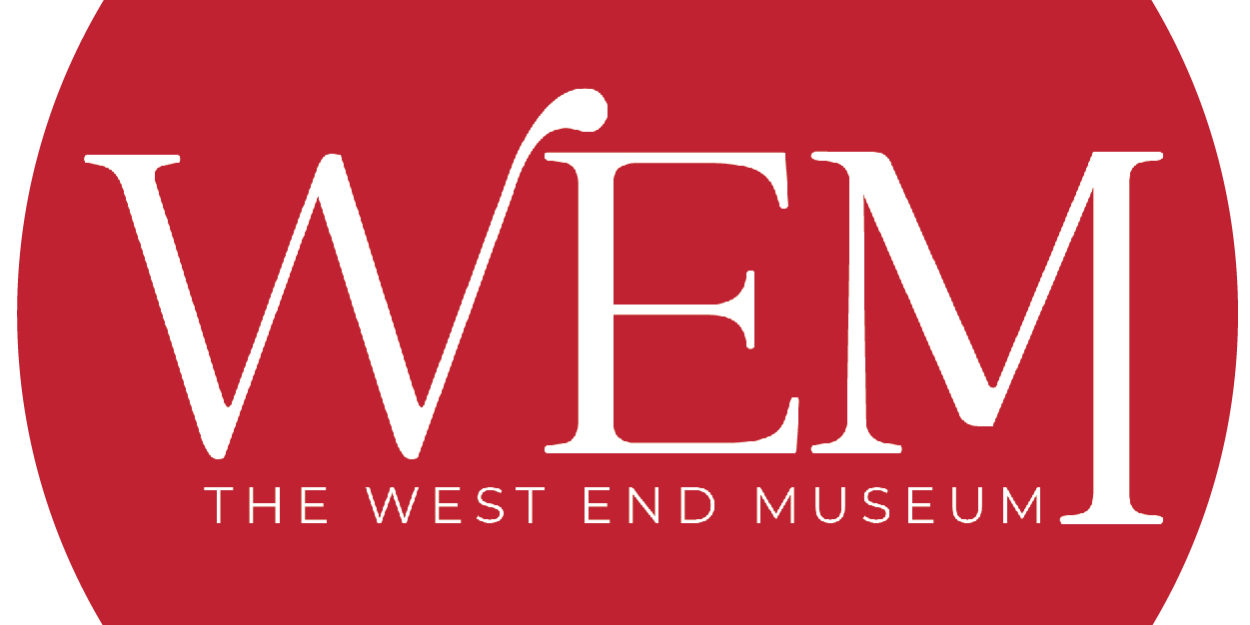Film, Lecture & Walking Tour Bring Rope-making Industry to Life
Boston, MA—The West End Museum is presenting three more programs in connection with Ropewalks of the West End and Beyond, an exhibit running at the Museum now through August 18.
On Thursday, July 19, the film Ropewalk: A Cordage Engineer’s Journey Through History will be shown from 6:30 to 8:00 p.m. In this award-winning documentary, Director Steve Fetsch links prehistoric tools, Benjamin Franklin and space travel with one common thread: Rope. The history of rope is explored from its ancient beginnings to its agriculture significance in Civil WarPera Ohio to its modern, high-tech uses. Narrated by Bill Hagenbuch, former president of one the country’s last natural-fiber rope-making companies, the film features historical photographs and clips from midP1900s industry reels. The film screening is FREE.
Andrew Olson, a professional tour guide in Boston, will present The Ropewalk Riots of March 1770 on Wednesday, July 25 from 7:00 to 8:00 p.m. Olson’s talk will explore the checkered past of Boston’s ropewalks. In the colonial and federal periods, the ropewalks were essential to the booming shipping trade; without them the town and the wharfs would have been crippled. That being said, the “ropewalkers” were typically dockworkers and assorted ruffians. Olson will address the importance of the ropewalks to Boston’s early economy, the conditions the rope workers endured, and the connection between the ropewalks and the Boston Massacre. A question and answer period will follow the FREE lecture.
The Marriage of Wharf and Waterfall walking tour will embark from the West End Museum on Tuesday, August 7 at 6:30 p.m. It will focus on the federal period landscape of the West End and Beacon Hill, including key architecture of the time, the location of the Middlesex Canal terminus and ropewalk locations in the West End. The cost is $15 ($7 for Museum members). Duane Lucia, executive director of the West End Museum, will lead the tour and convey the historical context, including details related to the following.
Since its founding, Boston has been a major American seaport, and much of its early economy depended entirely on the maritime industry. At the dawn of the 19th century, England and France were at war, which affected America’s ability to do business at sea. In addition, the Embargo Act of 1807, which limited sea trade, had an adverse effect on the New England economy. Yankee ingenuity and the building of the Middlesex Canal, however, led to the development of the textile industry along the Merrimac River as well as access to natural resources from northern New England. This created a whole new economic opportunity for those affected by the decline in sea trade. This newfound wealth led to the creation of a Brahmin class—Bostonians who made their fortunes both in the colonial maritime trade and in 19th century manufacturing—perched on top of the newly developed Beacon Hill.
Media Contact:
Matt Ellis
matt@ellisstrategies.com
617.278.6560
Museum Contact:
Duane Lucia
ed@thewestendmuseum.org
617.416.0718
About the West End Museum:
The West End Museum is dedicated to the collection, preservation and interpretation of the history and culture of the West End neighborhood. The Museum’s permanent exhibit, “The&Last&Tenement,” highlights the immigrant history of the neighborhood through its decimation under Urban Renewal in 1959; two additional galleries feature rotating exhibits. The Museum is located near North Station at 150 Staniford St. Suite 7. Hours: Tuesday-Friday 12:00pm-O5:00pm; Saturday 11:00am-O4:00pm. Admission is free.


